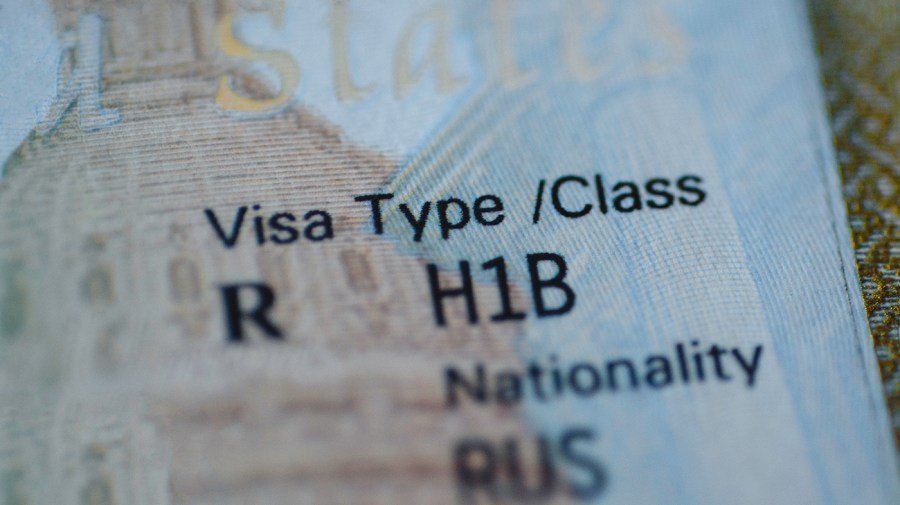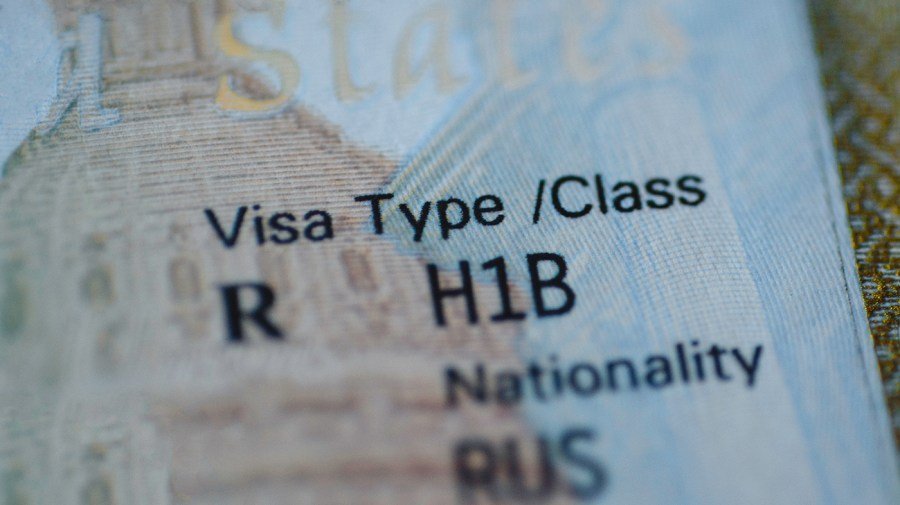
Update from NewsNation — In a significant shift for the H-1B visa program, President Donald Trump has enacted a new policy imposing an annual fee of $100,000 for H-1B visa applications. This measure, announced on a Friday in 2025, aims to address concerns over the impact of foreign workers on the American job market, as the administration asserts that many American jobs have been lost due to this influx.
Commerce Secretary Howard Lutnick emphasized that the hefty fee would be embraced by “all major corporations.” He stated, “Companies will no longer be able to bring trainees in on H-1B visas. If training is needed, it should be for Americans. If you wish to hire a highly skilled engineer from abroad, the $100,000 fee applies.”
In addition to the fee, Trump instructed the Department of Labor to adjust prevailing wage rates within the H-1B framework. This aims to combat the concern that foreign labor is often cheaper, which undermines salaries for American workers.
This new regulation is poised to particularly shape the tech sector, which has traditionally depended on H-1B visas to fill specialized roles. The White House has labeled the current visa system a national security risk, stating that the replacement of American workers with lower-paid foreign labor suppresses wages and deters American students from pursuing careers in STEM fields.
It remains uncertain if the new fee is supplementary to existing charges, including the current $215 lottery registration and $780 petition fees. The H-1B program, which allocates a total of 85,000 visas annually, operates under a lottery system.
Additionally, Trump introduced the “Trump Gold Card,” which offers a potential path to citizenship for a processing fee and a $1 million investment. For corporations, the cost is set at $2 million. The “Trump Platinum Card,” available for a $5 million contribution, allows foreigners to stay in the U.S. for up to 270 days while remaining tax-exempt on non-U.S. income. This platinum initiative evolved from an earlier gold card announcement aimed at replacing the existing investor visa program, pending legislative approval.
Understanding H-1B Visas
Introduced in 1990, the H-1B visa permits U.S. employers to recruit foreign professionals with specialized skills and a minimum of a bachelor’s degree. Valid for three years with the option of a three-year extension, H-1B holders may also apply for a green card during their stay.
The program caps new H-1B visa approvals at 85,000 per fiscal cycle. In 2023, data revealed that 72% of these visas were granted to individuals from India, followed by 12% to those from China, with a majority of approvals skewed towards male applicants, according to the U.S. Department of Homeland Security.
For fiscal year 2024, close to 400,000 applications received approval, largely for job renewals. While rejection rates surged during Trump’s initial term, they saw a decline under President Joe Biden.
Amazon has consistently topped the list of companies securing H-1B visas since 2020, alongside other major firms like Cognizant Technology Solutions and Google.
Perspectives on the H-1B Program
The debate surrounding H-1B visas spans both ends of the political spectrum. Critics argue the program undermines American workers, while supporters contend it is vital for filling critical skill gaps in the workforce.
Elon Musk notably supported the H-1B program, claiming it played a crucial role in his success and that of other innovators who contributed to American industry. Conversely, former presidential candidate Nikki Haley advocated for enhancing domestic education instead of relying on foreign talent.
In response to increasing criticism, Musk has suggested reforms to the H-1B system, including elevating minimum salary standards to mitigate low-wage exploitation.
Contributions from NewsNation’s Tom Dempsey and the Associated Press enriched this report.

